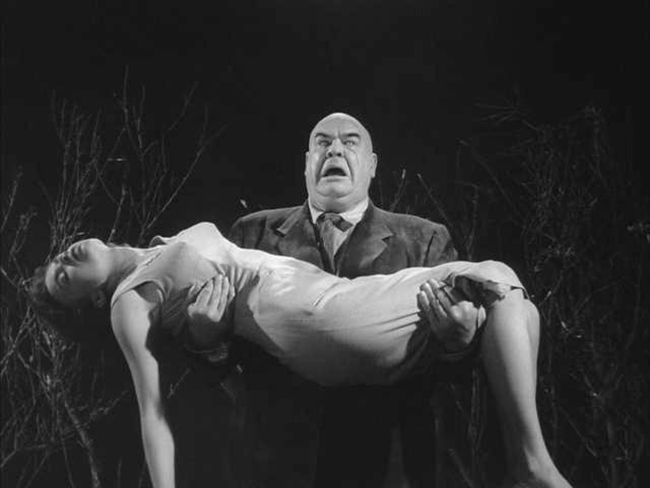Creatures of the Night: Zombie
With the changing of the leaves and the approach of Halloween, the mind turns to the things that go bump in the night, and the creatures that live in our dreams and nightmares. Returning for it’s second season, “Creatures of the Night” is a series dedicated to the time of year when everything seems just a little… darker. Jefferson County Post writer Elizabeth Lane presents the first entry for the Halloween season.
Halloween is full of creepy creatures that frighten and fascinate the imagination. These creatures have evolved from things that go bump in the night to pop culture phenomena. Perhaps no monster exemplifies this popularity shift as much as the zombie. From the slow zombies of early television and “walkers” that plague The Walking Dead, to the sprinting “infected” found in movies like 28 Days Later, these pop culture powerhouses have been part of a long and complicated legend that has intrigued the world over.
The legend of the zombie first appeared many centuries ago in Haiti, then known as Saint-Domingue, under the rule of the French. Many within the country, along with others brought from African nations, were enslaved, most of the time with life sentences. Life for slaves in this society was exceedingly brutal, with nearly half of the slaves brought being worked to death in the first couple of years. This, of course, lead to the capture and import of more slaves.
What does this have to do with the legend of the zombie? Haitian slaves believed that dying would release them back to lan guineé (literally Guinea), or, alternatively, anywhere in their native home of Africa, where they could be free in the afterlife. The only catch was that this peaceful afterlife was reserved for those who died naturally.
With such hard living conditions, many slaves took their own lives. Haitian legend says that those who did this did not go back to their home land for a peaceful afterlife, but instead were doomed to sulk and walk the Hispaniola plantations for an eternity, an undead slave, denied their own body but also trapped inside as a soulless zombie.
By the time the Haitian revolution of 1804 happened, the legend of the zombie had become a part of local folklore. The legend became more complicated when it was mixed with Voodoo and Hoodoo religions, and the legend morphed into the more well-known one of zombies being the reanimation of corpses by shamans and other people of dark magic. These zombies would be used for the shaman’s bidding, utilized for nefarious purposes.
The zombie legend would eventually cross paths with American pop culture. George Romero’s 1968 classic Night of the Living Dead would thrust the more modern zombie into the Hollywood spotlight. Even earlier, though less popular, examples can be found of the zombie in Hollywood, like in the cult film Plan 9 From Outer Space (1958). The zombie has been used to represent certain social and political aspects of our society throughout the years since. Now, the idea of the zombie is used more for entertainment and Halloween, rather than being seen as a true folk legend. That being said, the “new” zombie can have just as much cultural significance for our society.
The zombie reminds us of three essential aspects of the living experience once the earth has been stripped bare of everything else (as it usually is in most post-apocalyptic scenarios): mankind, nature, and survival. TV shows like The Walking Dead and movies like The Dawn of the Dead remind of us of these basic concepts, bringing about horror at the thought of having to face them. Oftentimes, the single-mindedness of zombies is used to highlight the calculated atrocities that humans are willing to commit. A common theme in zombie movies and television is the breakdown of society and moral codes.
The Halloween figure of the zombie is most terrifying because it looks into the most basic fears of human nature and tells us to face it head on. The zombie brings isolation, creeping dread, and a sense of futility. Where zombies are present in movies and TV shows, many of us think about what we would do if we were in the situation, and just as many of us feel certain we would not survive. So, the next time you think of a zombie don’t think about your average green guy chasing Shaggy and Scooby. Rather, imagine a “walker” silently trodding to your window at night and turning your entire world upside down.













